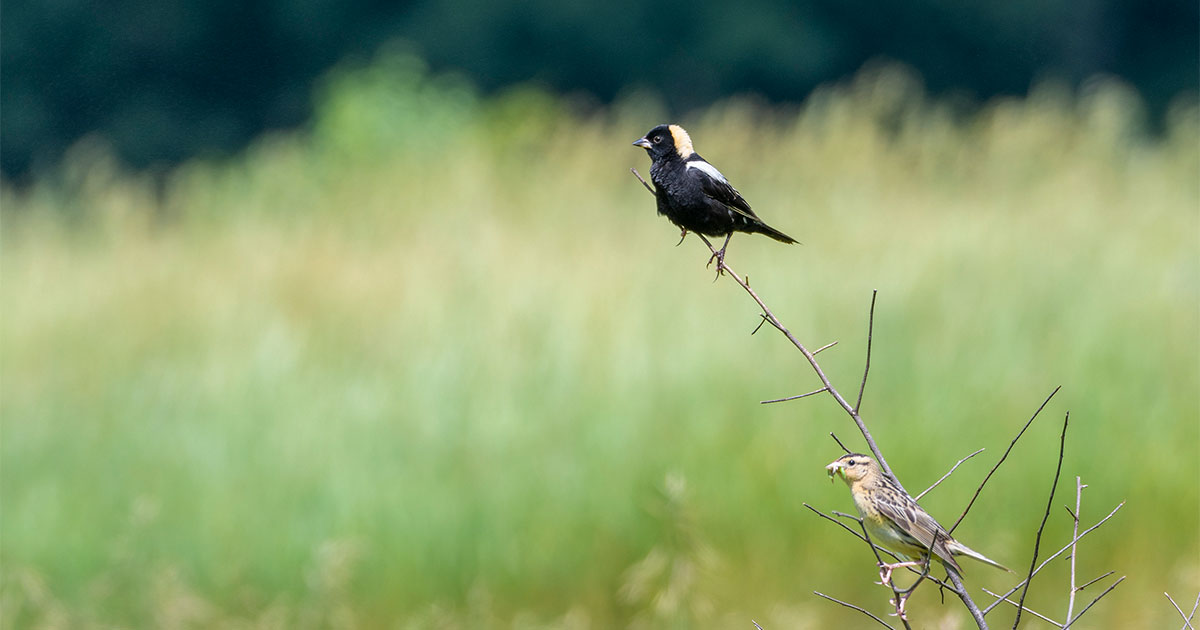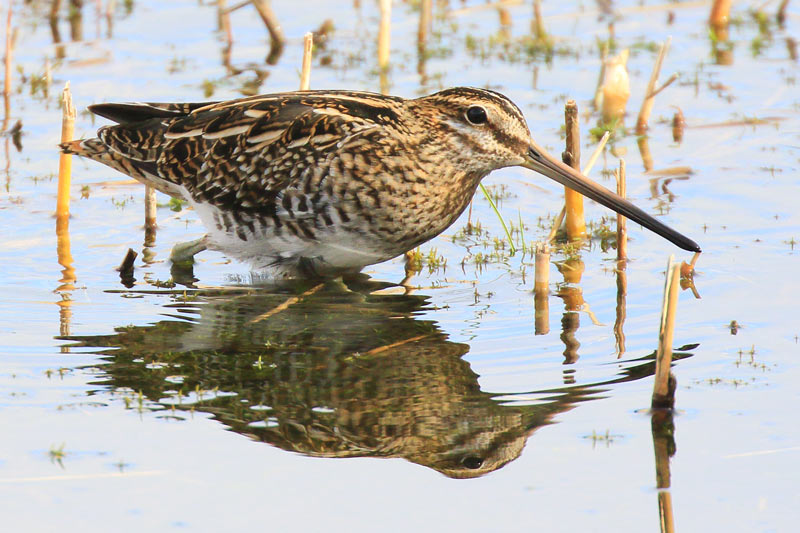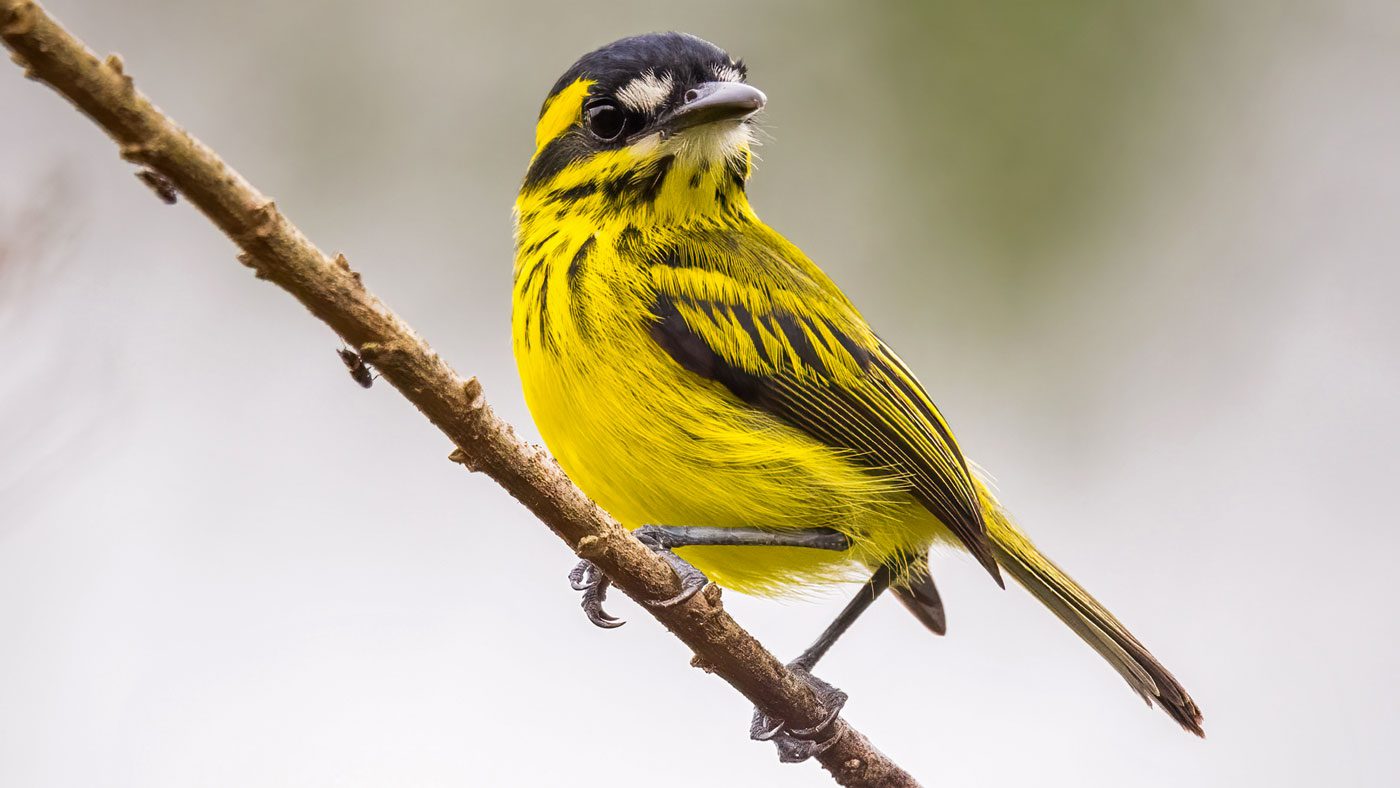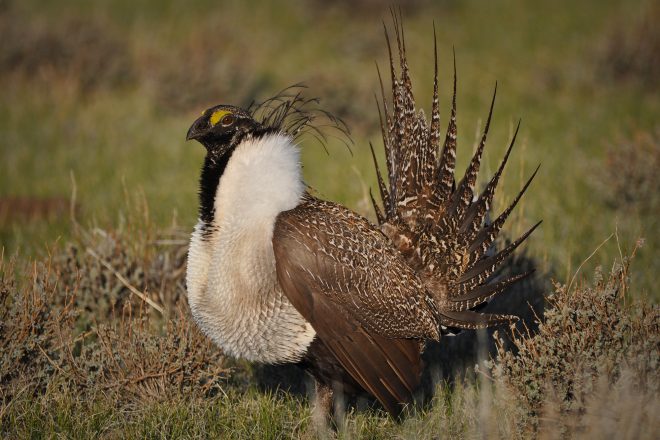This World Soil Day, Audubon Conservation Ranching celebrates the habitat heroes beneath our work boots, where all grasslands begin – healthy soils, teeming with bacteria, fungi, and other microbes. We’ll also introduce you to our new soil monitoring project on 100 Audubon Certified bird-friendly ranches to help us better understand the impact and potential of bird-friendly land practices.
***
A Bobolink clinging to Golden Alexander. An Eastern Meadowlark melodious on a fencepost. A Ferruginous Hawk soaring high above. These are the birdy, vital signs of high-quality grassland habitat.
This sunny side easily captures our attention, but grassland habitat doesn’t just happen. It has to be created or restored, then regularly managed and nourished. To some, this “management” – the grazing of bison and cattle, as well as trampling by their hooves – is an odd prescription, but it’s exactly what the ecosystem doctor ordered.
The term “regenerative” – regenerative agriculture, regenerative grazing, and/or regenerative ranching – doesn’t have a single definition, but as applied to rotational bison and cattle ranching, almost universally includes the return of organic matter to the soil via grazing and trampling. This is where the dark side begins.
Here are five ways that bison and cattle grazing practices, like those employed on more than 100 ranches in the Audubon Conservation Ranching program, contribute to the healthy soil habitat is built on:
Organic Matter: Controlling up to 90% of all soil functions essential for plant growth while typically making up less than 5% of the total soil weight, soil organic matter is an essential component of a healthy grassland ecosystem. The majority of nutrient and water supplying capacity of the soil is dependent on the quality and quantity of organic matter. Well-managed grazing enhances this. Animals consuming and trampling vegetation return organic material to the soil as manure, but also via plant residues. This organic matter improves soil structure, water retention, and nutrient availability.
Water Infiltration: When rotated strategically on the landscape, grazing animals’ hooves can break up hardened soil, allowing for better water infiltration and root growth. This prevents soils from becoming overly compacted, allowing water to penetrate more easily, reducing runoff and erosion.
Nutrient Cycling: By consuming vegetation and returning nutrients to the soil through manure, grazing animals help the nutrient profile in the soil, supporting plant growth and overall ecosystem health.
Biodiversity Promotion: Rotational grazing allows pastures periods of rest and recovery between grazing periods. This promotes plant diversity, allowing for the development of a more resilient ecosystem. Diverse plant communities contribute to a more robust soil microbiome, which is essential for nutrient cycling and soil health. Biodiversity means a diversity of life, and in soil, that means earthworms, bacteria, actinobacteria, fungi, protozoa, nematodes, and arthropods, just to name a few.
Carbon Sequestration: Well-managed grazing systems can contribute to carbon sequestration in the soil. More organic matter means more soil carbon. Healthy grasslands act as carbon sinks, capturing and storing carbon dioxide from the atmosphere.
***
Audubon Conservation Ranching conducts bird monitoring each spring on Audubon Certified bird-friendly ranch habitats. But we perform other environmental assessments to see how lands respond to bird-friendly management.
This includes soil monitoring. This fall, with funding support from the Natural Resources Conservation Service and partnering with EarthOptics, a soil data measurement and mapping company, and a team from the Woodwell Climate Research Center, Audubon started soil carbon and soil health monitoring on what will eventually be 100 ranches in our program over the next three years.
The project will yield water holding capacity and soil health data, but it will also provide ranchers and Audubon a baseline of the amount of carbon currently stored in the soils on these Audubon Certified bird-friendly ranches.
Following this initial baseline monitoring, Audubon plans to use emerging remote sensing and modeling to estimate changes in soil carbon every 5-7 years on these ranches, monitoring that we hope will show continued improvement to soil-based carbon storage capacity from bird-friendly practices.



